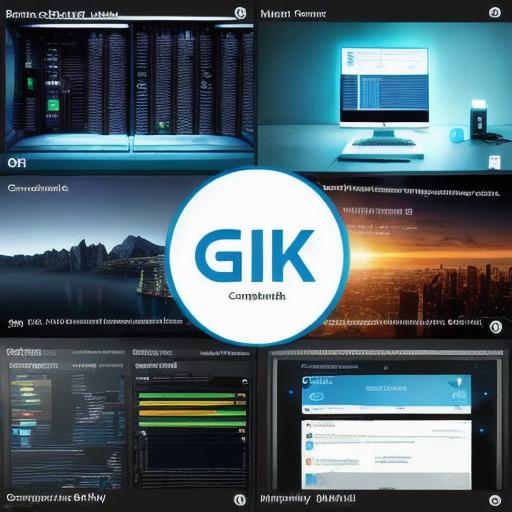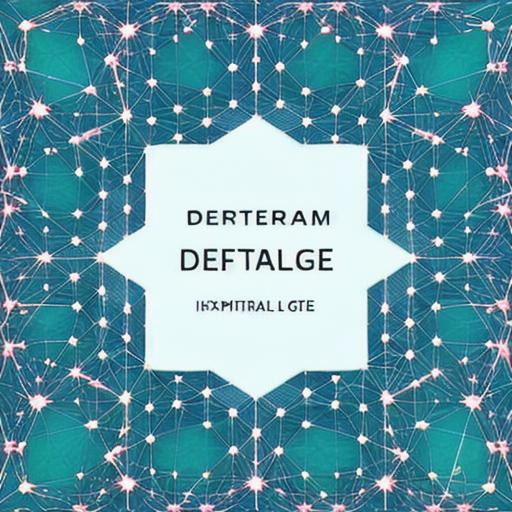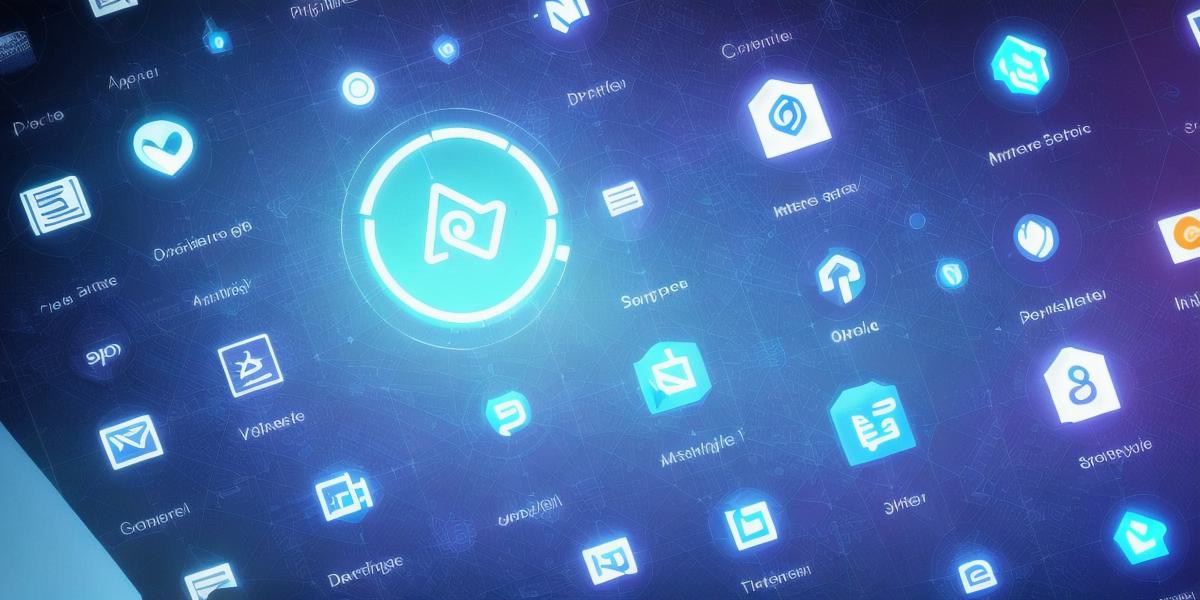Web 3.0 technology is poised to revolutionize the way we use and interact with the internet, by introducing a new era of decentralized applications (DApps) that empower users with greater control over their data and online activities. With its focus on transparency, security, and interoperability, Web 3.0 promises to create a more open, inclusive, and trustworthy digital landscape for businesses, individuals, and communities alike.

In this article, we will explore some of the exciting new features of Web 3.0 technology and discuss how they can be used to improve the user experience, increase efficiency, and drive innovation in various industries. We will also examine real-life examples of companies and projects that have already started to harness the power of Web 3.0, and provide insights from experts in the field about the potential and challenges of this rapidly evolving technology.
The Decentralized Web: A New Paradigm for Digital Applications
Web 3.0 is a term that describes the next evolution of the World Wide Web, which is built on decentralized principles rather than relying on centralized servers or intermediaries to control and manage data and transactions. This new paradigm is based on a set of technologies that enable users to create and share content, applications, and services without relying on a single authority or entity.
Some of the key features of Web 3.0 technology include:
- Decentralized storage and computation: Decentralized storage networks like IPFS (InterPlanetary File System) and Swarm allow users to store and share files and data in a distributed manner, while decentralized compute platforms like Golem and BigChainDB enable users to run computations and processes on the same network.
- Smart contracts: Smart contracts are self-executing programs that automate complex tasks and transactions without the need for intermediaries. They can be programmed using a variety of languages, including Solidity (for Ethereum), Rust (for Polkadot), and Flow (for Dfinity).
- Cryptocurrencies and tokens: Web 3.0 technology also includes cryptocurrencies like Bitcoin and Ethereum, as well as utility and security tokens that enable users to participate in decentralized applications and protocols.
Real-Life Applications of Web 3.0 Technology
Web 3.0 technology is already being used in a variety of industries, from finance and healthcare to gaming and entertainment. Here are some real-life examples of companies and projects that have started to harness the power of Web 3.0:
- Dfinity: A decentralized cloud platform that uses an innovative consensus algorithm called SNARK (Succinct Non-Interactive Argument of Knowledge) to enable users to run complex computations on a global network of computers. Dfinity has partnerships with major companies like Unilever and Honeywell, and is working on projects in areas such as supply chain management, fraud detection, and drug discovery.
- Chainlink: A decentralized oracle network that connects smart contracts to external data sources like APIs, price feeds, and weather data. Chainlink has been integrated with a variety of blockchain platforms, including Ethereum, Polkadot, and Binance Smart Chain, and is used by major companies like Google Cloud, Oracle, and AIG.
- Decentraland: A virtual reality platform that uses Web 3.0 technology to enable users to create and share immersive experiences without relying on centralized servers or intermediaries. Decentraland has a thriving community of developers and creators who are building games, applications, and other experiences on the platform.
- Filecoin: A decentralized storage network that uses IPFS technology to enable users to store and share files and data in a distributed manner. Filecoin has partnerships with major companies like Apple, Google, and IBM, and is working on projects in areas such as content distribution, data archiving, and autonomous vehicles.
Expert Opinions on Web 3.0 Technology
We spoke with several experts in the field to get their insights on the potential and challenges of Web 3.0 technology. Here are some of their quotes:
- "Web 3.0 technology has the potential to create a more open, inclusive, and trustworthy digital landscape for businesses, individuals, and communities alike," said Vitalik Buterin, co-founder of Ethereum. "However, it also poses significant challenges, such as scalability, security, and privacy concerns, that need to be addressed in order to fully realize its potential."
- "Web 3.0 technology is already being used in a variety of industries, from finance and healthcare to gaming and entertainment," said Dr. Andreas Antonopoulos, author and lecturer on blockchain and cryptocurrency. "As more companies and projects adopt these technologies, we can expect to see even more innovative and transformative applications emerge."
- "Web 3.0 technology has the potential to revolutionize the way we use and interact with the internet," said Tim Berners-Lee, inventor of the World Wide Web. "However, it is important that we approach this technology with caution and consider its potential impact on society as a whole."
Conclusion: The Future of Decentralized Applications

Web 3.0 technology represents the next evolution of the World Wide Web, with its focus on decentralization, transparency, and interoperability. As more companies and projects start to harness the power of this exciting new technology, we can expect to see even more innovative and transformative applications emerge in a wide range of industries.
While there are significant challenges that need to be addressed in order to fully realize the potential of Web 3.0 technology, the experts we spoke with are optimistic about its future. As they put it, "Web 3.0 is not just the next step in the evolution of the internet – it’s a whole new world of possibilities."
